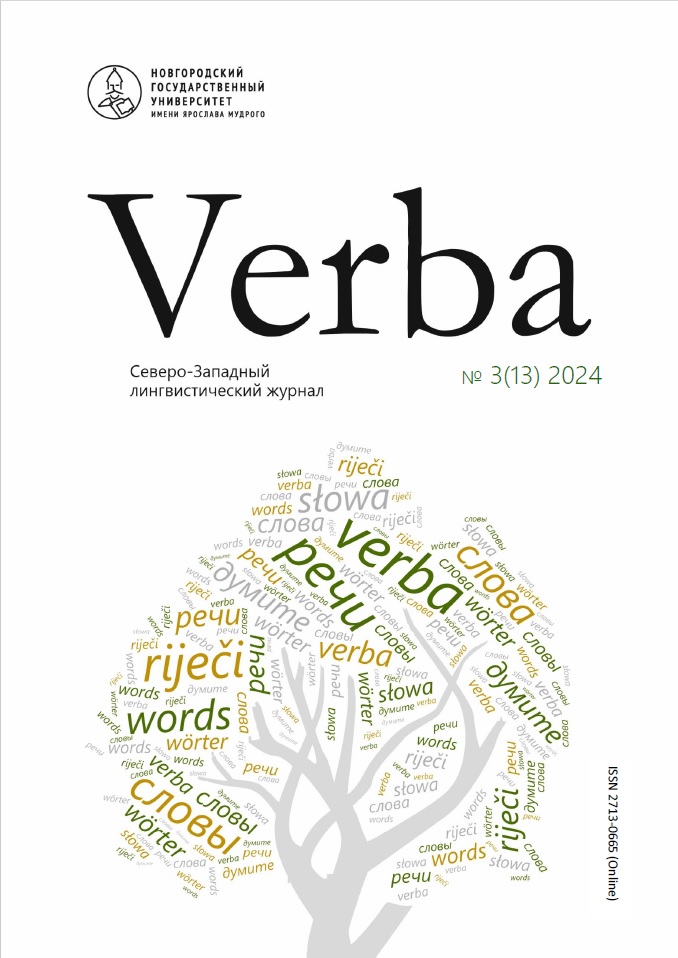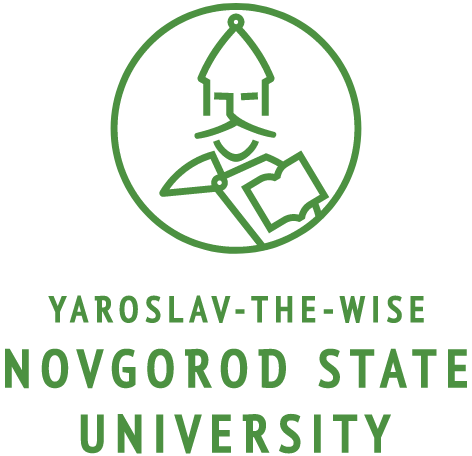Computer Technologies in Linguistics
DOI:
https://doi.org/10.34680/VERBA-2024-3(13)-8-23Keywords:
computational linguistics, corpus linguistics, collocation, language frequency, distributional models, associativity measure, language models, sentiment analysisAbstract
The article presents an overview of modern research in the field of computational and corpus linguistics. The relevance of the work is due to the fact that these areas are rapidly developing, so it is important to present an overview in Russian of the possibilities and achievements of computational linguistics. The work uses theoretical research methods. The article consists of two sections. The first examines the main studies in the field of corpus linguistics, the second briefly presents the achievements of computational linguistics. It is noted that corpus data have become an important source of data for linguistic works on various issues. Corpus information is used in studies of lexical semantics, grammar, discourse, history of language, author's individual style, etc., as well as for solving practical problems related to translation and language teaching. In general, work carried out using corpus data can be classified as functional and is often based on a distributive (thesaurus) approach to meaning. Computational linguistics is a broad field of research located at the intersection of linguistics, mathematics and information technology. The achievements of modern computational linguistics are used in practical tasks (automatic generation and perception of text, indexing and analysis of information). For the automation of speech, formal models of description are used, which assume consistent graphematic (phonological), morphological, syntactic, semantic and discourse analysis. Modern language models, which are most often trained on special corpora, are also used to solve linguistic problems. This work is addressed to linguists, specialists in the field of information technology, as well as students of philological and information sciences.
Downloads
Downloads
Published
How to Cite
Issue
Section
License
Copyright (c) 2025 Verba

This work is licensed under a Creative Commons Attribution-NonCommercial 4.0 International License.








